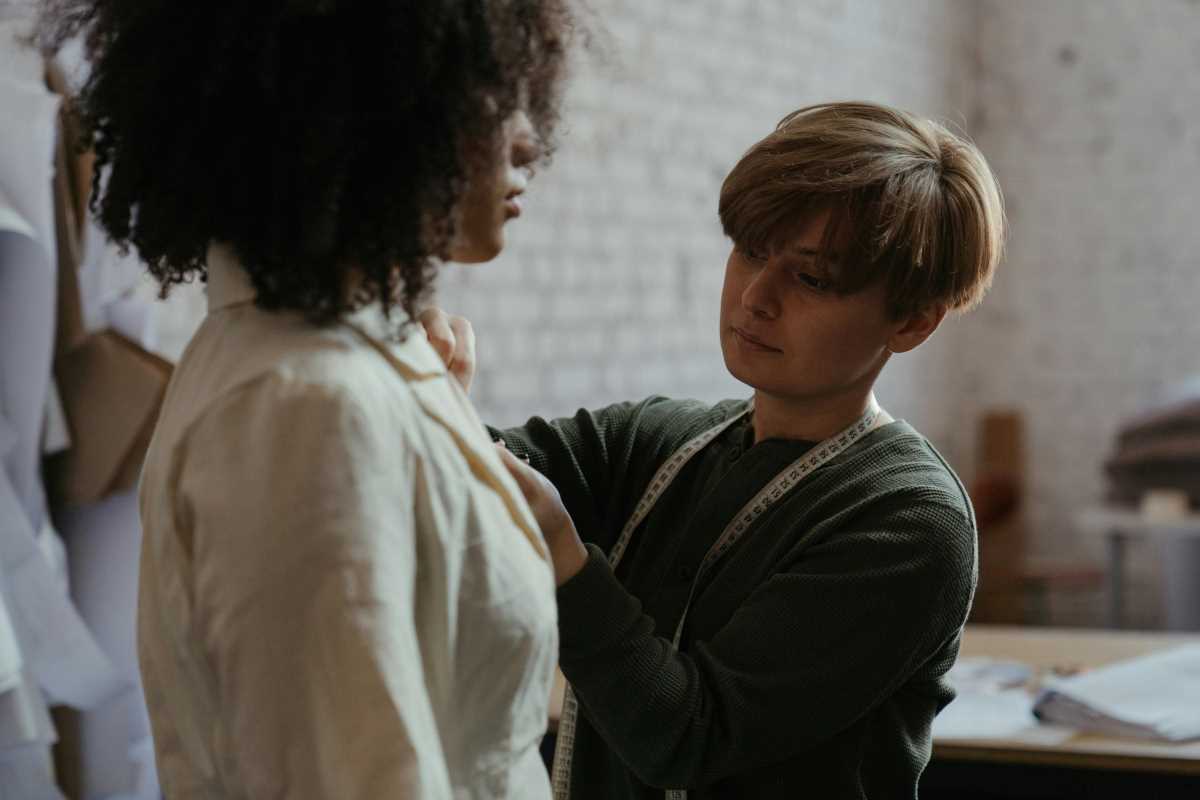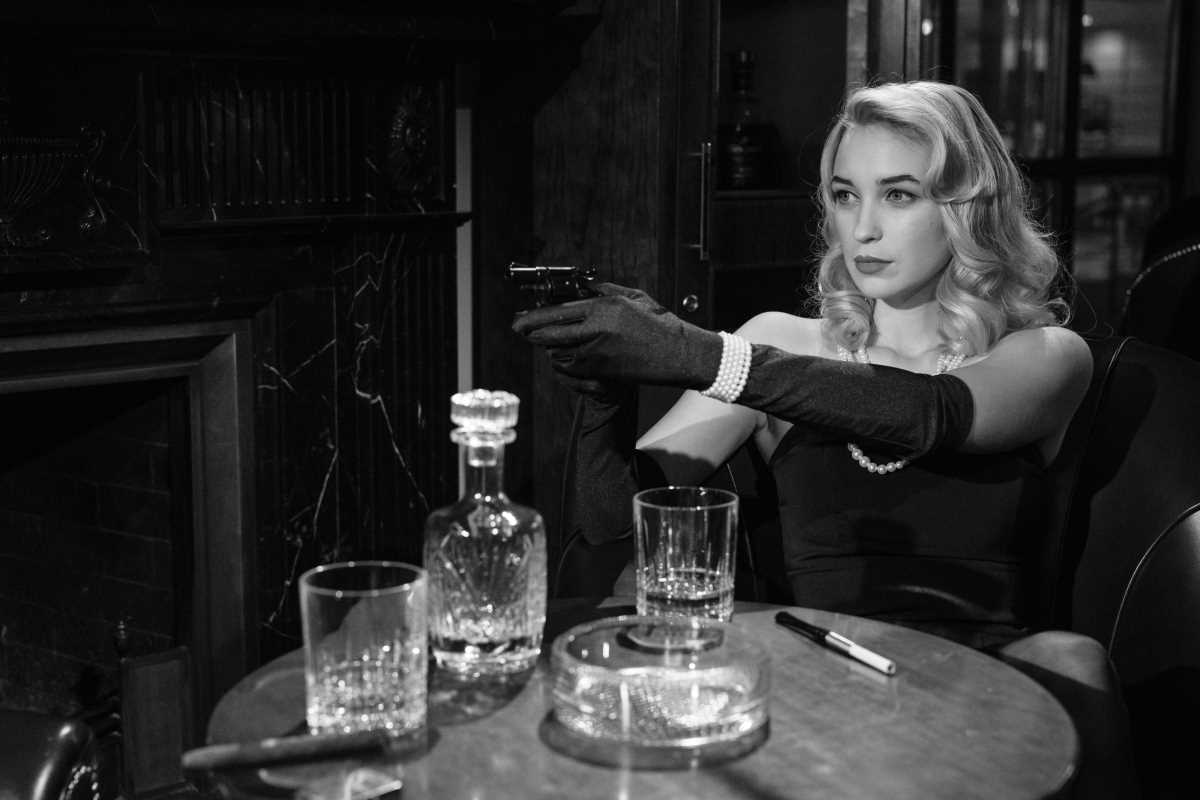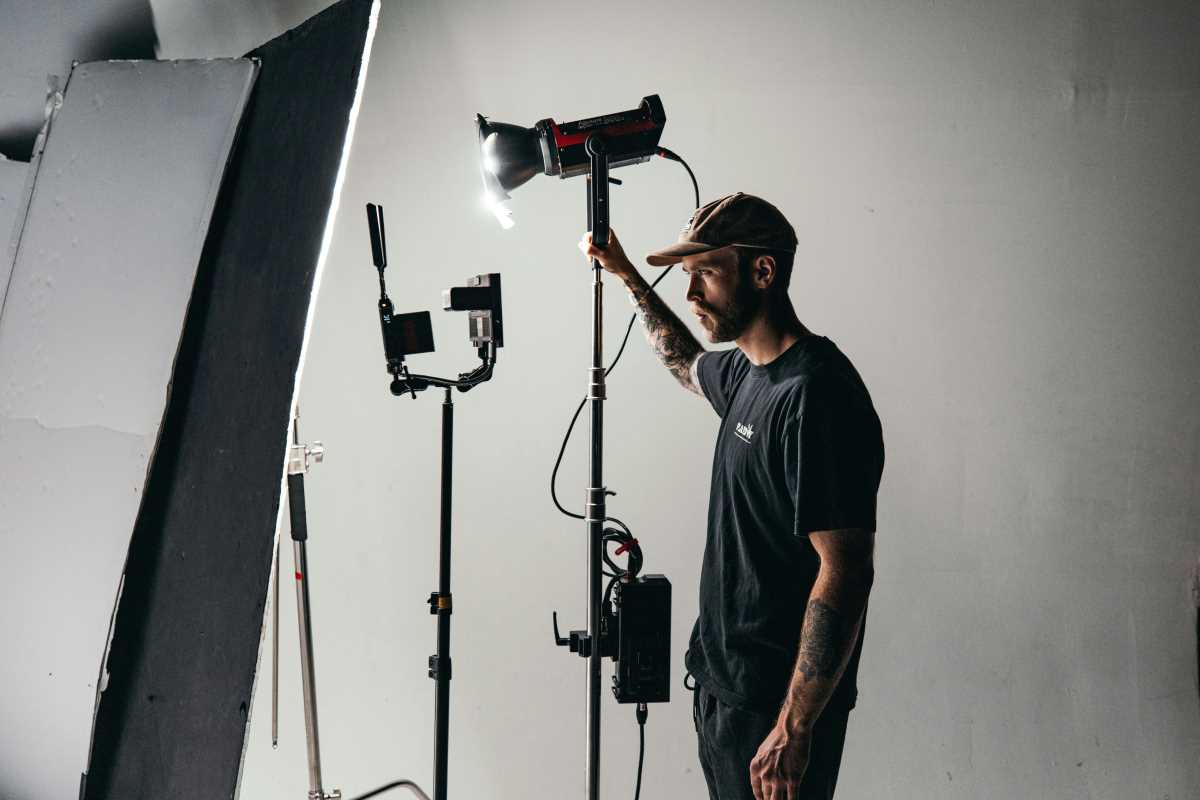Ever watch a movie and marvel at how an actor transforms into a completely different person? That magic is the work of makeup and hair designers. These artists are the architects of character identity, using their skills to bring the director's vision to life on screen or stage. It’s a career for creatives with a passion for storytelling and an incredible eye for detail.
If you love the idea of creating characters with makeup brushes and hairspray, this field might be your calling. Here’s your guide to breaking into the world of makeup and hair design.
What Do Makeup and Hair Designers Do?
A makeup artist or hair stylist for film and theater does more than just make actors look good. Their job is to create a look that tells a story. They are key collaborators who help define who a character is, where they come from, and what their life is like.
Their responsibilities are huge:
- Character Creation: They design and apply makeup and hairstyles that fit the character, period, and overall style of the production.
- Special Effects (SFX): This includes applying prosthetics to create aliens, monsters, or injuries. It’s a highly specialized and sought-after skill.
- Maintaining Continuity: In film and TV, scenes are shot out of order. These artists must ensure a character’s look is identical from shot to shot, even if they are filmed weeks apart.
- Collaboration: They work closely with the director, costume designer, and the actors themselves to ensure the look is perfect and serves the story.
Do You Need to Go to School?
While raw talent is essential, formal training is a huge advantage. A cosmetology license is often a baseline requirement, especially if you plan to join a union.
- Cosmetology School: This gives you the foundational skills in hair, skin, and nails, plus the license you’ll need for many professional jobs.
- Specialized Makeup Schools: Programs at schools that focus on media makeup can teach you industry-specific skills. You’ll learn everything from beauty and period makeup to advanced prosthetics and special effects.
- Workshops: Even after you get your start, taking workshops with established artists is a great way to learn new techniques and stay current.
Ultimately, your portfolio and your skills are what get you hired, but a solid education provides the technical foundation you need to succeed.
Build a Portfolio That Shows Your Artistry
Your portfolio is your visual resume. It needs to showcase your technical skills and creative range. It’s proof that you can deliver professional-quality work.
- Show Your Versatility: Include a wide range of looks. Showcase clean beauty makeup, historical period styles, and any special effects work you have, like old-age makeup or wound creation.
- High-Quality Photos Are a Must: Your work can be amazing, but if the photos are bad, no one will know. Collaborate with photographers to get clean, well-lit shots of your work.
- Create a Professional Website: Your portfolio needs a polished online home. A simple, clean website makes it easy for potential employers and directors to see your work.
How to Get Your First Hands-On Experience
Experience is everything. You need to get on set and prove you can handle the pressure of a real production.
- Student and Indie Films: This is the best place to start. Volunteer to do makeup and hair on student films or low-budget independent projects. You’ll build your portfolio, make connections, and learn how a set operates.
- Community Theater: Local theater is another fantastic training ground. You’ll learn to work quickly and be creative with limited resources.
- Assist a Pro: Reach out to established makeup artists and hair stylists and offer to be their assistant. You might just be cleaning brushes or organizing a kit, but you’ll gain priceless insight and make a key connection.
- Look for PA Jobs: Sometimes the best way in is to get a job as a production assistant (PA) and let the department heads know you have makeup skills and are eager to help.
Networking Your Way to the Next Gig
The film and theater industries are built on relationships. Your network is your lifeline for finding work.
- Be a Great Team Player: When you get a job, be professional, positive, and easy to work with. Your reputation for being reliable and collaborative will get you recommended for the next gig.
- Connect on Social Media: Use Instagram to create a living portfolio. Follow and engage with directors, production companies, and other artists. It’s a great way to get your work seen.
- Join Unions and Guilds: Organizations like IATSE (the union for many behind-the-scenes crew members) provide access to bigger, professional jobs. Getting into the union can be a process, but it’s a major career goal for many.
Skills That Make You Stand Out
To succeed in this field, you need a blend of artistic talent and practical skills.
- Creativity and Vision: You need a strong artistic sense to design looks that are both beautiful and right for the character.
- Attention to Detail: Continuity is your job. You have to notice every little detail to ensure a look is consistent.
- Adaptability: Things change fast on set. You need to be able to think on your feet and solve problems quickly.
- Communication: You must be able to listen to the director’s vision and collaborate effectively with actors to make them feel comfortable.
A career in makeup and hair design is a demanding but incredibly rewarding path. It’s your chance to be a visual storyteller and leave your mark on the characters that audiences will remember for years to come. Start building your skills, create a stunning portfolio, and get on set.
 (Image via
(Image via





